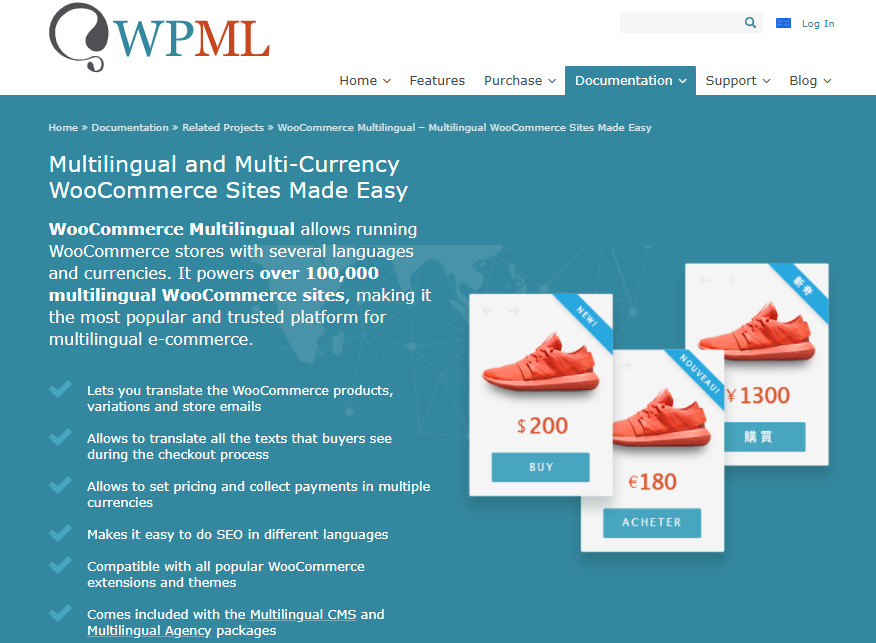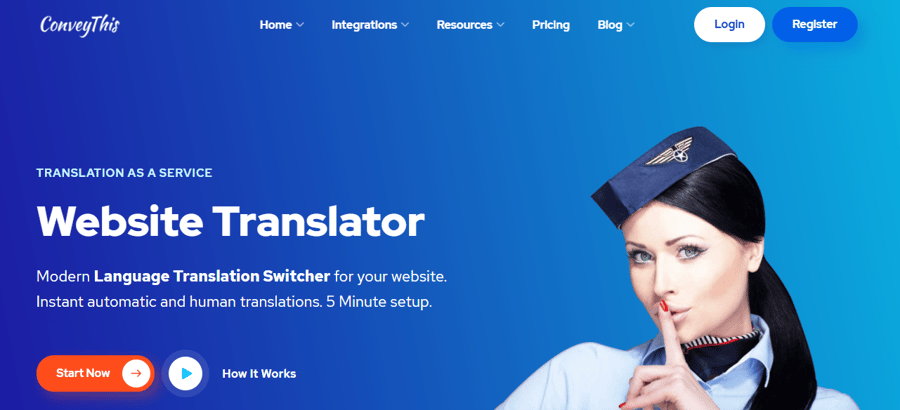When it's time to expand your business, the ecommerce landscape can seem saturated. That’s why it’s a good idea to start thinking globally and create a new strategy to sell in other countries, perhaps even ones you haven’t even considered yet.
But in order to do that, you have to prepare your store and adapt the products and feed for users who speak different languages. In this guide we will give you solid advice on how to start selling your products internationally.
Download the full article here
When is it time to start thinking globally?
There are a few common challenges that retailers in the apparel and accessories eCommerce space encounter.
Top 3 challenges for retailers in the eCommerce industry:
- The need to scale their business.
- The need to find new, flourishing markets in the industry.
- The need to find balance within the rising costs of advertising.
If these sound familiar then it could be time to start thinking globally. We've divided this guide into two main sections to tackle them:
- Technical setup
- Go-to market advice
Let's start with the technical part!
Specific eCommerce requirements for selling worldwide
There are two tech related questions that retailors should consider:
- Are your product listings ready to receive traffic from non English-speaker countries?
- Do the payment gateways accept different currencies?
First, it's important to clarify the way you sell online.
We’ll focus on three of the most-used platforms: Shopify, WooCommerce, BigCommerce. We've also included some information on Magento andPrestaShop.
Keep these essential aspects for your store to sell everywhere in mind:
- Catalogues,
- Product Cards,
- Product Feed(s),
- Payment Gateway,
- Customer Support,
- Terms & Condition (shipment fares).
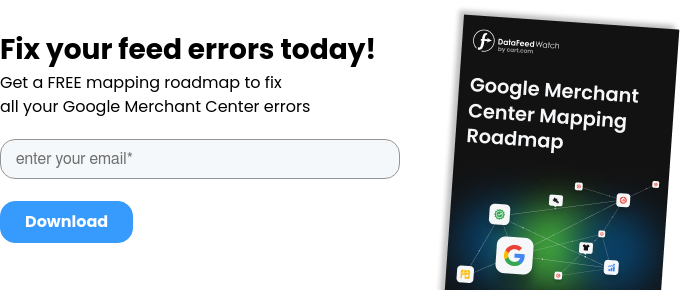
Language Translation Apps
The process of selling in new global markets can be made easier with language translation apps. We'll list a few suggestions for each platform
Shopify
Translation Lab ‑ AI Translate
This app will give you the possibility to translate your entire site quickly and with minimal effort.
With the combo of AI, plus the native integration with Shopify, translating every part of your store without coding is possible.
This app will create public URLs for you (with a max of 5 free) for the new language versions so you don't need to buy new domains for each translation.
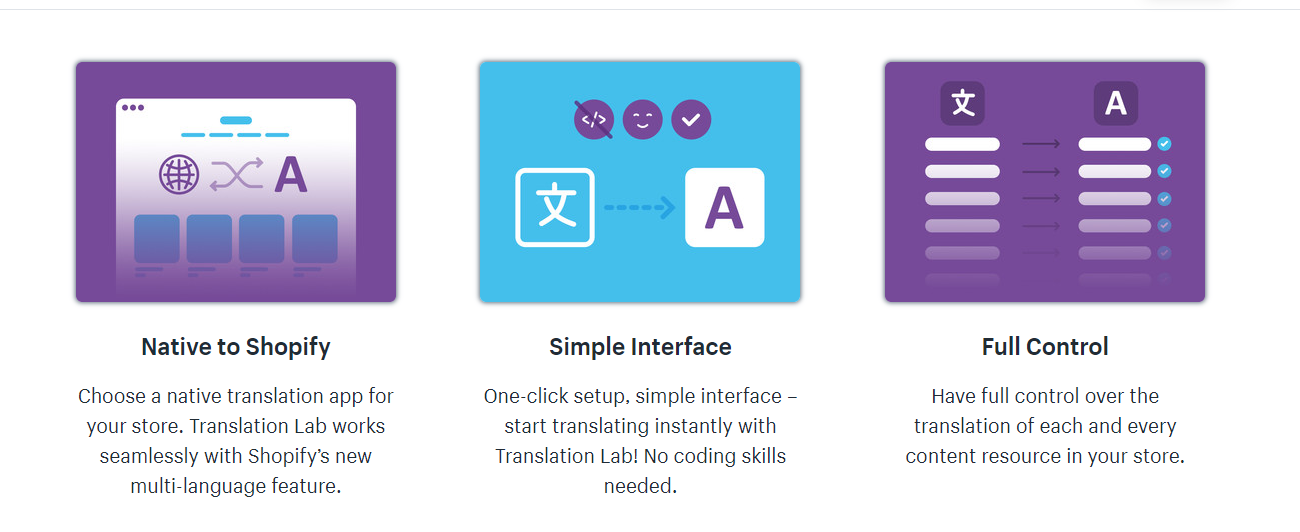
This app is one of the most complete apps for translating. You will be able to translate your site in just a few steps, creating a beautiful dropdown menu with different flags.
You don't need to configure subdomains by yourself, or any other tech stuff, only set the minimum options required. It's also possible to download and process the translations generated by them to easily create multiple product feeds in one place using DataFeedWatch.
Langify's subscription costs $17.50 /mo (plus a 7 day free trial).
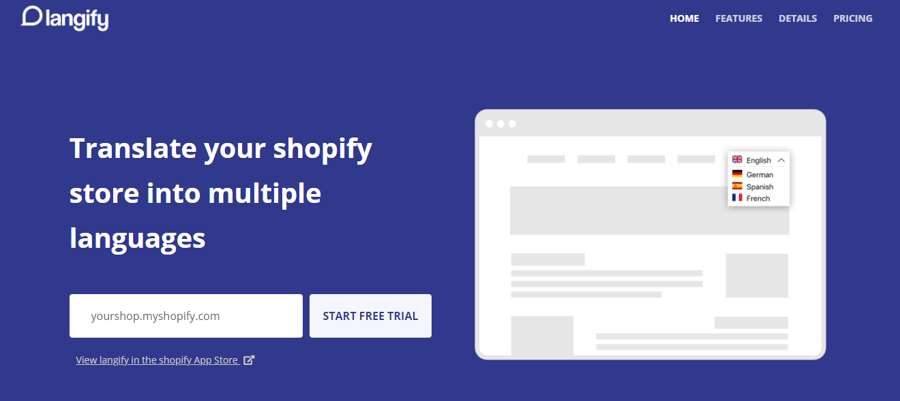
This app work differently in respect to the others. Basically, you can translate 2000 words for free in 1 language. After that you will have to pay to unlock other features.
They offer more than 100 languages and you'll be able to integrate these translations with your feeds directly with DataFeedWatch.
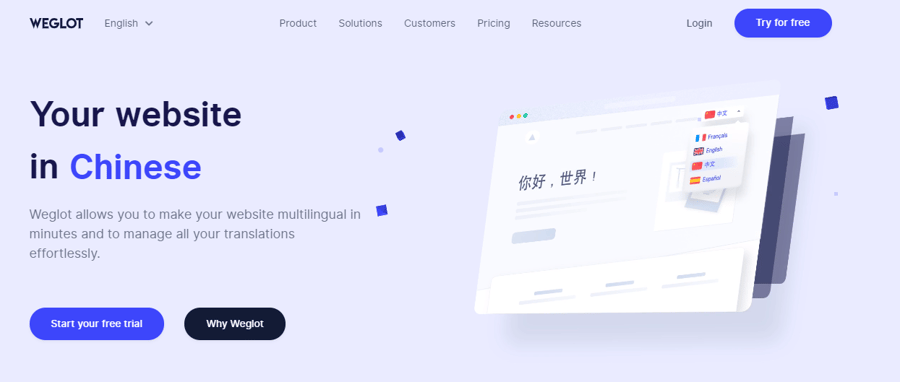
Woocommerce
This add-on will help you with 2000 free credits per month to translate your store, element by element.
WooCommerce Multilingual will give you full access to a great suite of features:
1. Translating all the WooCommerce products and variants.
2. Translations for buttons and other website sections, such as the checkout page, contacts etc.
3. It’s SEO friendly.
4. Setting up other currencies to receive payments from all around the world.
WordPress Translation Plugin – Weglot Translate
To create new versions of your site inside the panel of this plugin, you only need to select the new language and decide where this translation will go into effect. You can also display a friendly flag on the header section, with all the languages available.
With DataFeedWatch you are able to download the translations generated by Weglot to create multiple product feeds in one place.
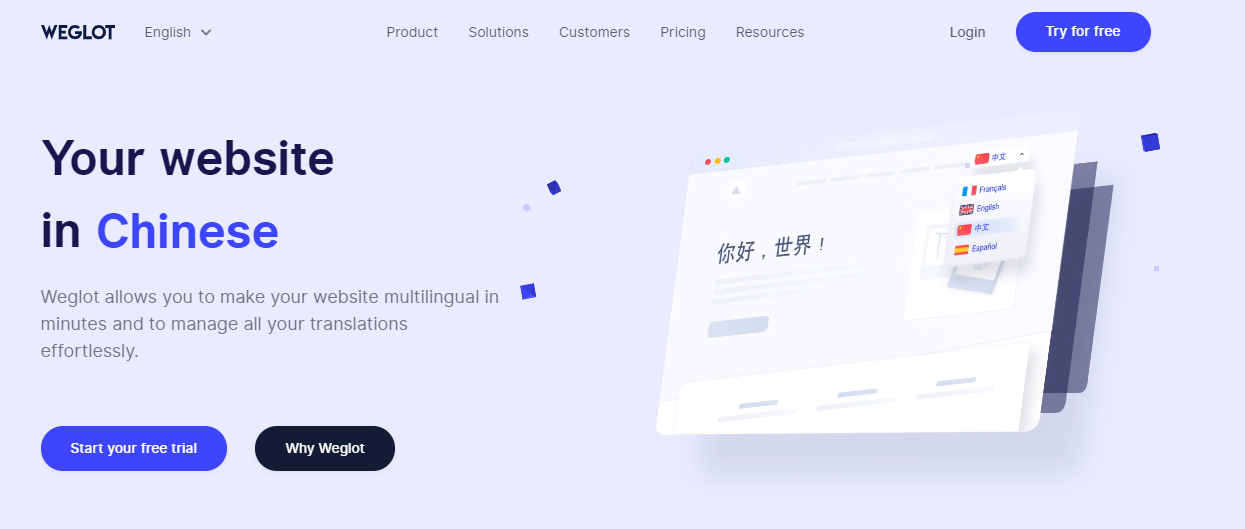
Translate WordPress with GTranslate
This freemium plugin will give you the possibility to translate the entire site for free. But to create a subdomain (like .ES for your Spanish version of the website) you will need to upgrade to a premium version.
And, if you are using WooCommerce to sell, the free version will only allow you to translate the shop, but not the products.
BigCommerce
The benefits of Weglot include:
- The ability to translate your website into more than 100 different languages
- Developer skills are not required.
- Using this plugin lets you take advantage of DataFeedWatch by keeping the processed translations in one place and then use them in multiple sales channels
This freemium app is developed to give you the ability to translate your entire website without having to get your hands on code, quickly and easily.
You can find the official app for BigCommerce here.
There’s the possibility of being able to delegate the translation of various content to your internal team, so that you can concentrate on selling internationally.
Magento + Prestashop
Since Magento and Prestashop already offer the ability to translate websites into other languages within the themes, you may not need any external additions.
But you can still consider using these apps:
- Autotranslator - Prestashop
- Weglot - Magento
- Appjetty - Magento
Should you translate the entire shop or just the feed?
When it's time to expand and start advertising heavily, you might ask yourself if you need to translate your entire site or just the product feed.
This is a good question, and the answer depends on your goals. If you are here to build a strong brand and community around your customers, we suggest you translate the entire website and think long term.
In this way you will reduce the entry barriers, such as language, to make sure your new users feel more comfortable.
But, above all, you will be sure that your user understands what they are doing when they are browsing your store.
On the other hand, if your aim is to grow fast without being concerned about the perception of your brand, you could think about only translating the product feed and start advertising after that.
Translate all the titles of your products or not?
What product information should you translate, and are the titles of individual products included?
It is not always possible to translate titles because they may have names that do not correspond to the target language. Because of this, it's better to evaluate on a case by case basis.
But here is a list of elements that are able to be translated for each language you want to target:
- Product descriptions,
- Checkout / order forms,
- FAQ,
- Chatbots,
- Policy pages.
Are new domains needed for international fashion campaigns?
Many marketers and business owners undervalue the importance of domains, so they tend to use the same URL for every country.
Is this correct?
If you're targeting Italian people, for example, you shouldn't send these users to your .com English-speaking store.
We suggest creating subdomains or subdirectories specific for which country and/or language you want to target.
Many apps we mentioned earlier already have this function in their settings so you don't need to buy new domains or set up “techie stuff”. You just need to enable this function and translate: labels, product titles, descriptions, and so on.
The end result will be:
From www.yourbeautifulstore.com
to www.yourbeautifulstore.com/it
You can set this condition as IP geo recognition or direct by the link you will set inside your advertising platforms.
Google recommends using different URLs for each language version of a page, rather than using cookies or browser settings to change the language of the content on the page.
Here's the Pros and the Cons of creating different path URLs:
The PROS are:
- The possibility to create instant subdomains with apps (easy as well for subdirectories),
- The possibility to send traffic to the right URL (specific for language),
- The possibility to track everything (cross tracking) without buying new domains,
- The fact that you don't need to buy other domains,
- The fact you could be more granular in analytic reports and making decisions.
The CONS are:
- You need to create all the variants for each country you want to target
- Some apps will allow you to create a max of 5 subdomains for free
- You need to translate all the parts of your store for each subdomain
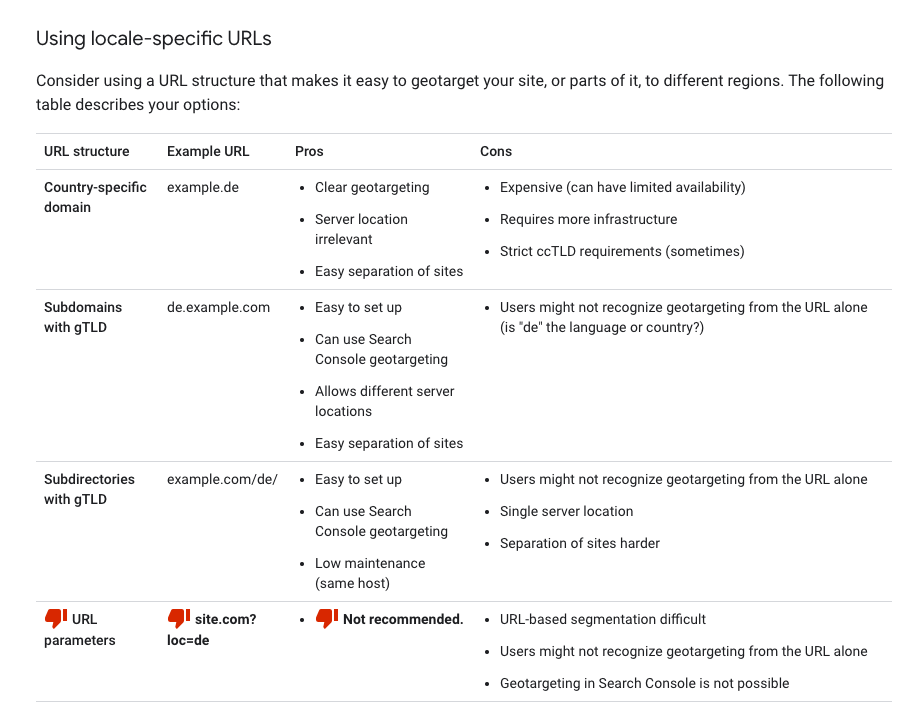
Why you shouldn't worry about currencies - no matter where you sell
If you're advertising with Google Ads, then Google Merchant Center can automatically translate the current currency of your products when selling to countries with different currencies. And, it will do so with the exchange rate conversion based on the current currency value.
Payment gateways
Let's talk about payment methods for a moment. Some of you may be wondering if your current payment method will accept certain foreign currencies.
If you use the most common payment gateways, like Paypal for example, you will be able to accept payments in other foreign currencies as well.
We recommend first choosing the countries you want to offer your products and then checking the local currency to see if your payment method accepts it.
The top 5 channels to attract new customers from all over the world
We have selected 5 of the best main fashion-friendly eCommerce channels to advertise on:
Facebook Ads
With approximately 2.7 billion monthly active users, Facebook is the largest social network in the world making it a logical place for apparel and accessories focused retailers to advertise on.
The ads system works through a specific auction for the audience you want to target. You'll go head to head with your competitors and the advertising objectives are different and specific to achieve your goal.
Facebook is able to quickly spread your advertising message to the right people in a granular way through its algorithm and targeting capabilities. That way you get the estimated results..
Google Ads
Shopping ads provide a visual avenue to showcase your apparel and accessories.
The Google Ads machine works with its own algorithm the right groups of shoppers you indicated during the campaign setting phase are targeted.
.
YouTube Ads
YouTube Ads is part of the world of Google. Lately it has been receiving a lot of interest from companies and marketers who are starting to allocate a specific budget for their strategies.
This type of advertising, used mainly in the discovery and awareness phase, allows your brand to reach an important number of people, as YouTube is a social media where people, on average, spend more time.
Many brands also use it in the branding phase and then remarketing on the people who see the proposed content.

Amazon Marketplace
Amazon's brand is increasingly present in people's lives and has become a place not only for shopping for specific fashion items, but also for researching product information.
Amazon collects traffic from all parts of the world and the potential you could have in publishing your products here.
In addition to this, it must be said that you can take advantage of the Amazon Ads system if you want to highlight your products over others for specific keywords.
eBay Marketplace
eBay was one of the first online places to shop and one of the first to introduce the auction system where people can buy a product based on an offer they make.
This marketplace gathers visitors from all over the world and often contains niche fashion products not easily found elsewhere. Consider eBay if you have unique products that you want to bring to new international audiences.
Depending on the type of products you are selling, they may be other channels for you to consider.
For example, if you sell handmade fashion and apparel items, you should be selling on Etsy, which is famous for promoting handmade products from all over the world.
If your product is suitable for a younger audience, you could consider using TikTok as an advertising and communication channel. In fact, TikTok ads have recently been introduced allowing brand discovery.
The channels where you can promote your products are endless, from niche channels to big players. DataFeedWatch offers over 2,000 channel integrations to make sure you reach your target audience.
Others:
These 5 channels we have talked about are the top 5 that we recommend you use. But depending on the type of products you are selling, they may not be the only ones.
For example, if you sell a handmade product, you should be selling on the Etsy marketplace, which is famous for promoting handmade products from all over the world.
If, on the other hand, your product is suitable for a very young age group, you could consider using TikTok as an advertising and communication channel. In fact, TikTok ads have recently been introduced to allow brands to be found and let people buy.
The channels where you can promote your products are endless, just check our DataFeedWatch integration to understand how many different ways your product feed can reach your potential customers.
It's up to you to figure out where the right users are based on the type of product you are offering.
Conclusion
In this article, we found out how to start selling internationally and set up your shop to approach foreign markets.
We've seen the different recommended platforms for starting in international eCommerce, and how you can use add-ons and plugins to translate your products.
Not only that, we have also analyzed some of the situations for which these plugins will be essential, especially in terms of business expansion.
We have also recommended the 5 sales channels that we believe to be indispensable in 2021, but as mentioned before, it depends a lot on the type of product you sell - there could be others to consider.
We hope we have helped make it easier for you to switch your eCommerce stores from selling locally to internationally.
For further questions you can write in the comments and we will be happy to answer you.
